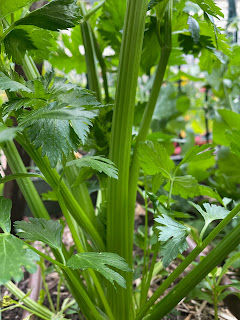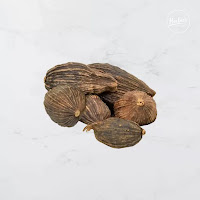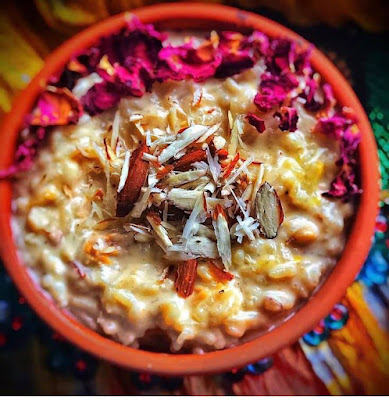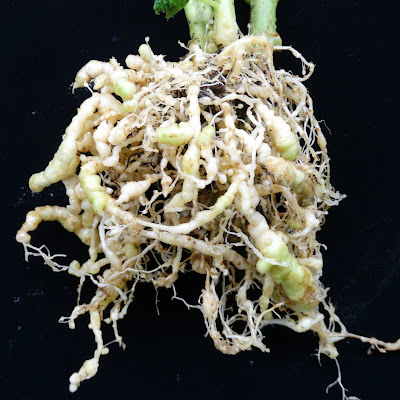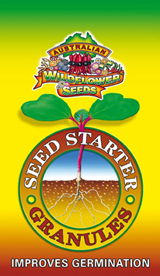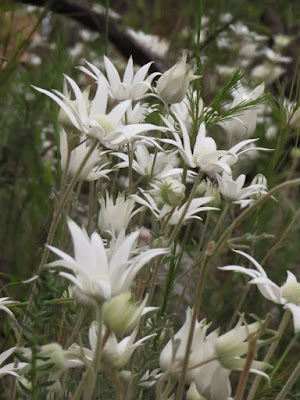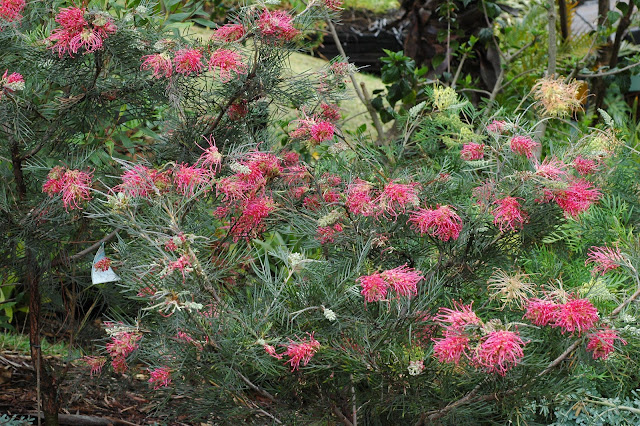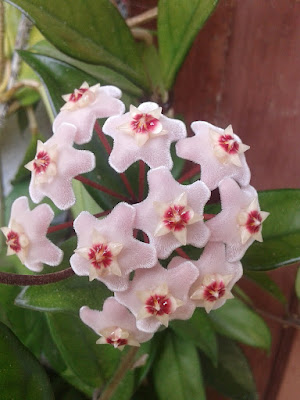THE GOOD EARTH
How to Grow and Use Yacon: Peruvian Ground Apple
Then there’s the fact that it’s easy to grow, and has small flowers that resemble sunflowers and you just can’t buy it from the supermarket or fruit and veg store.
 |
| Yacon plant growing in Margaret's garden |
How to Grow Yacon from Tubers?
- The tubers that you plant are attached to the main stem and are much smaller and pinkish in colour. I planted mine in early September and October was the time that it sprouted in my Sydney garden.
- If you were to receive some brown tubers that look like a brown sweet potato, that's what you eat and not what you plant.
- The edible tubers spread from the clump sideways meaning you need at least 1/2 metre of space to produce sizeable clumps.
- Can be planted in any district as they can withstand frost.
When to Harvest?
Yacon is a herbaceous perennial meaning it has a dormant period that starts when the leaves die down in late autumn.
This is the time when the tubers are ready to harvest. Simply fork up the entire crop, and harvest the large brown tubers to eat fresh, and use the small reddish rhizomes at the top to replant for next year’s crop.
What Can You Do With Yacon?
- Yacon is sweet and crunchy and is great eaten fresh.
- Ever heard of Yacon chips? That's right you can make chips out of this tubber.
- Just cut up into chip sizes and drizzle some oil over the top and bake in the oven.
- Try using it in salads like Waldorf salad and wherever you would use fresh pears.
- Use it in stir fries.
- You can also juice it or cook down the juice to make syrup and use it as a sweetener.
Fun Tip from Margaret
- Running short of toilet paper, try large soft fluffy leaves like those of the Yacon plant.
If you have any feedback email realworldgardener@gmail.com or write in to 2RRR PO Box 644 Gladesville NSW 1675








